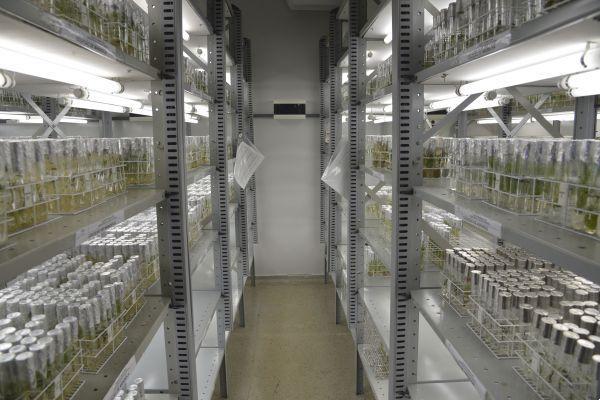
What are germplasm banks
Le germplasm banche they are seed banks in which the seeds of plants considered to be of particular interest or threatened with extinction are cataloged and stored.
These are reserve deposits that play the important role of to safeguard and preserve plant biodiversity, fundamental in agriculture and for the environment in general. The seeds deposited in the germplasm banks are stored in optimal conditions of temperature and humidity, so as to maintain their vitality even after a long time.
In this way, if a plant species were to become extinct, it would be possible to recover and reproduce it. THE climate changes in fact they put a strain on the life of plants, as well as that of numerous animal species. Rising temperatures, long periods of drought, the
floods and floods, as well as the spread of new pathogens, can result in the loss of plant varieties that guarantee our survival.
With the population constantly increasing, we can no longer rely on the supply of wheat, rice, but or other plants that we use in nutrition, would result in lower food security for millions of people.
Furthermore, even the plant species that we do not use for food purposes are of considerable importance for the health of the planet and, consequently, for our health. When a plant species goes extinct, even the animals that counted on that species for their survival risk disappearing. There reduction of biodiversity it also leads to a decrease in agricultural yields, with repercussions on the availability of food for all of us.
Thanks to the germplasm banks, which store the seeds of various plants for free, it is possible to recover species that would otherwise be lost.
Where are the germplasm banks
There are about a thousand germplasm banks around the world. The best known repository of world biodiversity is probably it Svalbard global seed vault, inaugurated in Norway in February 2008. Today the vault holds beyond a million seeds of different plant species from all over the world. Other germplasm banks are instead specialized in a specific crop, such asInternational Rise Research Institute in the Philippines, which preserves rice seeds.
In el country there are about fifteen germplasm banks engaged in the conservation of food plants and spontaneous species. Among these stands out the seed bank ofInstitute of Biosciences and BioResources, founded in 1972 in Palermo. The collection includes 220 citrus seeds relevant for their agronomic, historical and ornamental value, 200 of olive trees, 480 of lives and various endangered genotypes of caper and calendula.
References
Svalbard
International Rise Research Institute
Challenge the paesena Banche of germplasm


























